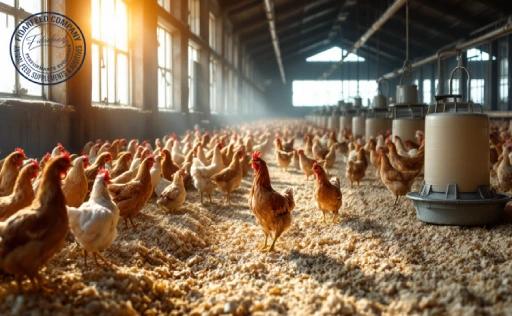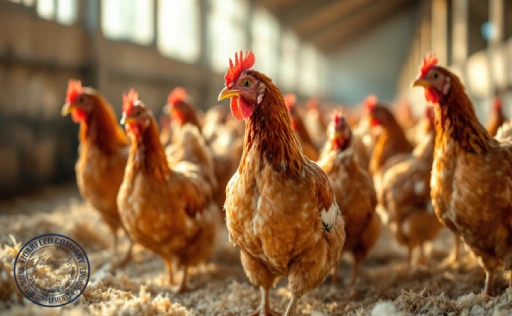
If you’re thinking about bringing a budgie into your life, or you already have one and want to give it the best care possible, you’re in the right place. Beginner’s Guide to Budgie Care: Keep Your Pet Bird Healthy and Happy is your comprehensive companion to understanding, nurturing, and forming a lasting bond with these delightful birds. Whether you’re a breeder, a pet bird enthusiast, or involved in the pet bird feed industry, this guide offers valuable insights to improve the lives of both budgies and their caregivers. Let’s dive in.
Why Budgies Are Ideal for Beginners: A Starter’s Guide to Budgie Care
Budgies, also known as parakeets, are among the most popular pet birds in the world—and for good reason. These small, intelligent, and vibrant birds are easy to care for, quick to bond with humans, and full of personality. For beginners, their low maintenance and playful nature make them an ideal starting point into the world of avian care.
Learn more about: Synbiotic Supplement for Birds
In fact, studies have shown that interaction with pet birds like budgies can reduce stress and anxiety in humans. Their social tendencies mean they thrive on companionship, whether from their human caretakers or other budgies. That makes them a rewarding addition to homes, breeding aviaries, and even educational settings.
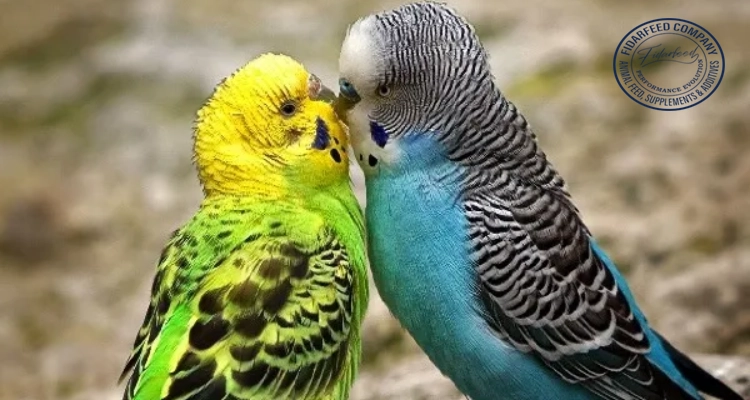
Budgie Care Basics: How to Set Up the Ideal Cage and Environment
Creating a budgie-friendly environment begins with the right cage. Choose a cage that is at least 18x18x24 inches, with horizontal bars for climbing. Bigger is always better—especially for breeders who house pairs or small groups.
Place the cage in a quiet but social part of the home—somewhere away from drafts, direct sunlight, and kitchen fumes. Budgies are curious but can be sensitive to environmental changes. Include perches of varying sizes, a few safe chew toys, and a mineral block or cuttlebone for calcium.
Learn more about: Probiotic Caged Birds: The Key to a Healthier Companion
Always remember: a well-thought-out cage setup can significantly impact a budgie’s behavior, mood, and health.
Budgie Care for Beginners: Feeding a Balanced Diet for a Healthy Bird
Diet is central to budgie care. A seed-only diet is outdated and nutritionally insufficient. While high-quality budgie seed mixes can serve as a base, they should be supplemented with:
-
Fresh vegetables like spinach, broccoli, and carrots
-
Fruits such as apples (no seeds!), bananas, and melons
-
Pelleted foods specifically designed for budgies
-
Occasional proteins, such as boiled egg bits or cooked quinoa
Learn more about: Stress in Pet Birds: A Comprehensive Guide to Causes, Prevention, and Treatment
A 2022 study published in Avian Nutrition and Welfare Journal showed that budgies fed a varied diet had significantly better feather condition and activity levels than those on seeds alone. Provide fresh water daily, and clean food bowls often to prevent mold or contamination.
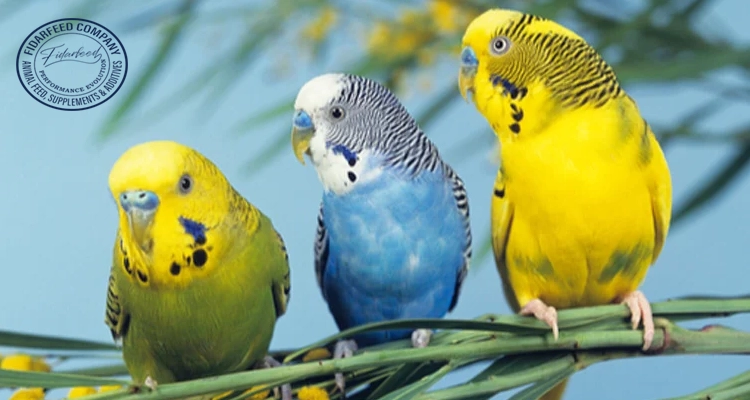
Daily Budgie Care Tips from the Beginner’s Guide to Budgie Care
Consistency is key in keeping your budgie healthy. Each day, ensure the following:
-
Refill food and water bowls with fresh supplies
-
Spot-clean droppings and uneaten food
-
Interact with your budgie through talking or letting it out of the cage in a safe area
-
Observe behavior and appearance—subtle changes can signal health issues
Learn more about: Creating the Perfect Habitat for Breeding Pet Birds
A few minutes a day can make a massive difference. If you’re a breeder, keeping a daily log helps track each bird’s well-being over time.
How to Bond with Your Budgie and Build Trust
Building trust with your budgie takes time and patience. Start by spending time near the cage, speaking softly. Gradually introduce your hand inside the cage, offering millet or small treats. Once comfortable, encourage the budgie to perch on your finger.
Avoid sudden movements, and respect your bird’s comfort zone. Using gentle repetition and rewards is the best way to gain trust. The emotional payoff is worth it—a bonded budgie may chirp when you enter the room, follow you around, or even mimic your voice.
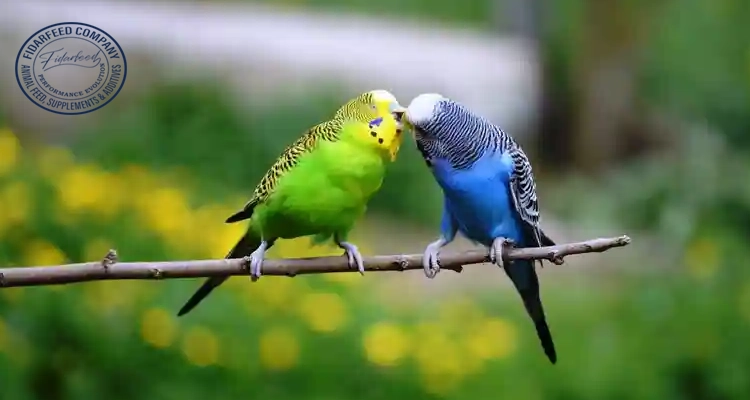
Common Health Issues in Budgies and How to Spot Them Early
Budgies are relatively hardy, but like all pets, they can get sick. The most common issues include:
-
Respiratory infections (symptoms: wheezing, tail bobbing)
-
Scaly face mites (white crust around beak and eyes)
-
Feather plucking (often stress or nutrition-related)
-
Diarrhea (caused by poor diet or infection)
Learn more about: Want a Healthy Pet Bird? Try Probiotics
A sudden change in droppings, puffed-up feathers, or reduced chirping should not be ignored. Early intervention is crucial—always consult an avian vet for diagnosis and treatment.
Keeping Your Budgie Mentally Stimulated: Toys, Training, and Social Time
Budgies are highly intelligent and require mental stimulation to thrive. Rotate toys regularly—bells, mirrors, and shreddable items are favorites. Teach them simple tricks like stepping up or retrieving a small object.
For breeders, enriched environments promote natural behaviors and reduce aggression. Scientific studies have demonstrated that enriched cages result in lower stress hormone levels in budgies, contributing to better breeding outcomes.
Interaction is essential—without it, budgies can become withdrawn or destructive.
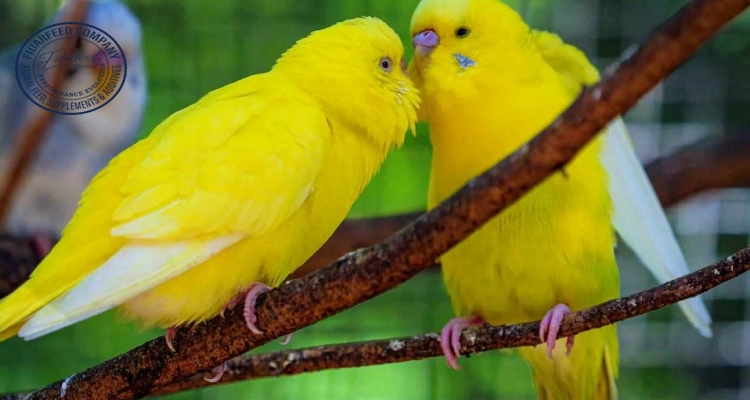
Budgie Care Tips: Grooming and Hygiene Essentials for Beginners
Budgies groom themselves regularly, but a little help goes a long way. Offer shallow dishes of clean water for bathing 2–3 times per week. You can also mist them lightly using a spray bottle.
Keep nails trimmed to prevent overgrowth—if unsure, consult a vet. Avoid trimming wings unless necessary for safety, and never pluck feathers manually.
Learn more about: Home Breeding Success: 10 Expert Tips for Cockatiel Care
Clean the cage thoroughly at least once a week. This includes changing the liner, washing perches, and sanitizing toys. Hygiene supports not just health but also emotional well-being.
Beginner’s Budgie Breeding Guide: What to Expect and How to Prepare
For those interested in breeding, preparation is key. Select a healthy, mature pair (over 1 year old) and provide a nesting box with soft material like shredded paper. Ensure optimal lighting, a calcium-rich diet, and minimal disturbances.
Egg-laying typically occurs a few days after mating. Incubation lasts around 18 days, and chicks are ready to fledge at 4–5 weeks. Breeding should be done responsibly and not excessively to avoid stress on the hen.
Proper planning and post-hatch care are crucial for successful, ethical breeding.
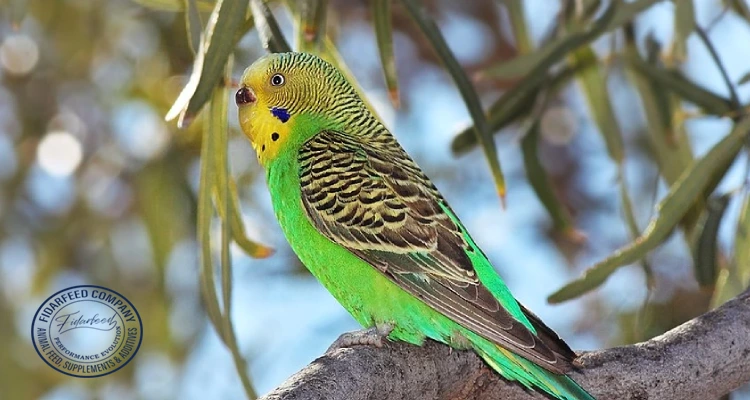
Final Tips from the Beginner’s Guide to Budgie Care for a Healthy, Happy Bird
-
Spend time with your budgie daily—they are social creatures that crave interaction
-
Provide variety in diet and play to prevent boredom and boost immune health
-
Monitor for subtle signs of illness—you know your budgie best
-
Stay informed—new research and techniques are always emerging in the field of avian care
In Conclusion
Budgies may be small, but they bring immense joy, personality, and companionship into our lives. This Beginner’s Guide to Budgie Care is your roadmap to building a strong, healthy relationship with your pet bird while supporting long-term wellness. Whether you’re a new owner, an experienced breeder, or someone involved in the bird feed industry, your knowledge and dedication matter.
We’d love to hear from you—share your experiences, ask questions, or leave a comment below. Your feedback helps build a stronger, more connected bird-loving community.
Let’s keep our feathered friends healthy, happy, and chirping with joy!

